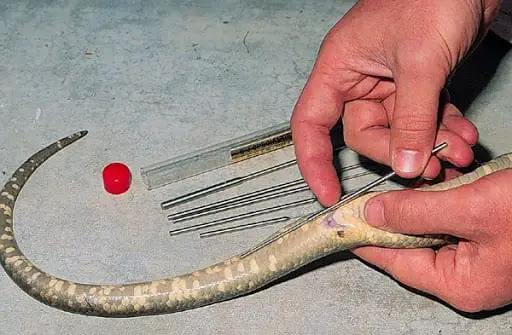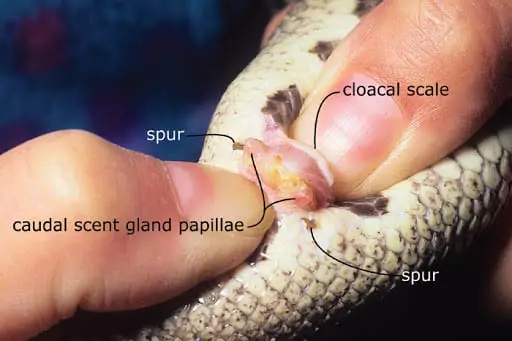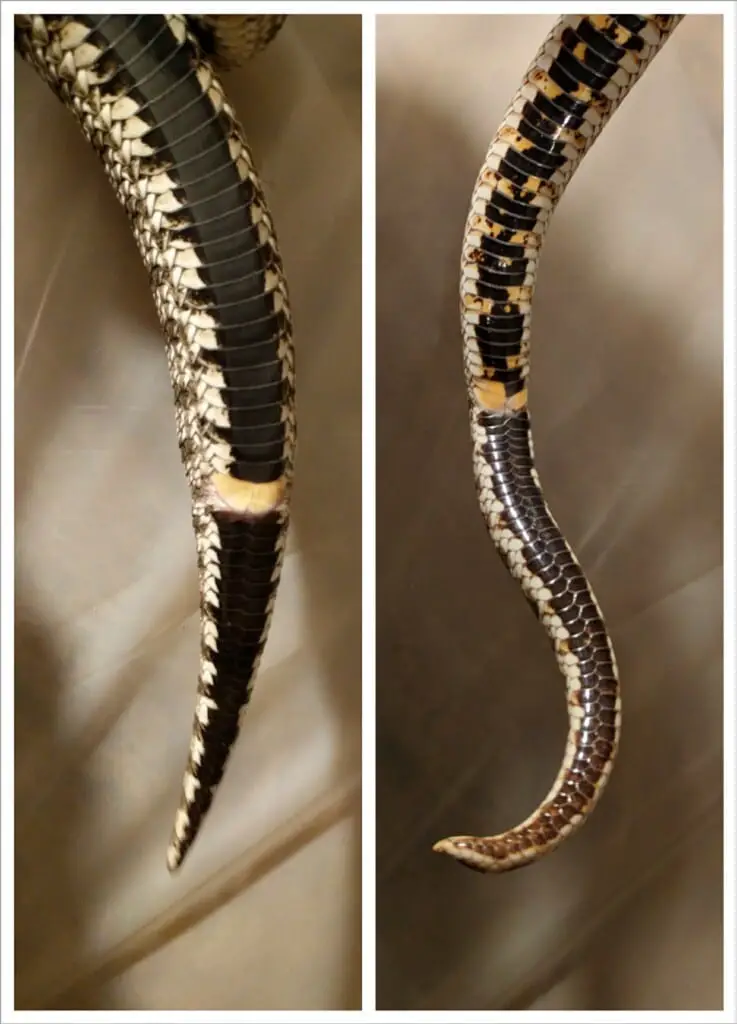Knowing the gender of snakes at first glance because of most males and females have a similar physical appearance in terms of its length and color. Unlike other animals that have sex organs, snakes do not have external genitalia making it difficult for them to sex. For a snake breeder, it is important to know the sex of the snake for successful breeding and reproduction. There are different techniques to know their gender, but it takes someone experienced to do different processes on the spot.
There are some visual techniques to differentiate a male snake from a female snake, but the question is, can you trust the visual sexing of snakes? Each snake species have unique physical attributes. These visual sexing allows the owners and breeders to explore the Some snakes do not have obvious physical differences, but in some snake species, males and females differ through their size and weight. So visual sexing may be applicable to some snake but not applicable to snakes that do not show physical differences.
The following methods in sexing the snakes are used by experts or those snake breeders only that are already experienced in doing it to avoid harming the snake. There is a high risk of inflicting pain or injuring the snake if the procedures are done incorrectly.
How Does the Visual Sexing of Snakes is Done?
You would know the sex of a snake through visual sexing in three ways. One is through looking at their cloacal opening and make the probing and pooping method, the second one is through checking the length of their tails, and the last one is through counting the number of their scales.
Probing method

The probing method in knowing the gender of the snake involves the insertion of a thin metal rod into the cloacal opening of the snake that is found near the end of the tail. This process is done while the snake is awake; that is why there should be someone who will hold the head of the snake because if not, the snake might bite you. Lubricate the rod before inserting it into the snake’s cloaca so it would slide down smoothly.
You would know that the snake is a female if the rod won’t drop down from the vent far or about one to three scales. The snake would be a male if the rod went for about 8-16 scales since it has been inserted in a hemipenis, which is the sex organ of the males. Make sure to use an appropriate rod such as the ball-tipped probe so as not to hurt the snake. The probes come in different sizes, so make sure to use the appropriate one that is applicable to the length of the snake.
Popping method

This method is only applicable to juvenile or hatchling snakes. Doing this method is also applicable if you have someone who will hold the head of the snake to avoid any aggressive behavior such as biting. Locate the cloaca opening; you may need to use your dominant hand in touching underneath the opening of the cloaca while your other hand is holding the tip of the tail.
In doing this method, you may need to apply gentle pressure on the cloacal area while moving the tip of the tail in the direction towards the cloaca. Make sure that you are not pressing too hard as you may cause tissue damage, just imagine that you are just getting toothpaste out of its tube. Upon pressing it, when you see hemipenes that will pop-out, it means that the snake is a male, but if you only see a pinkish dots on the cloacal opening, then the snake is a female.
Looking at the tail

The cloaca, which holds the sex organs of the snake, is located along the tail area. The sex organs of both males and females are not obvious, but since it is the males who have an actual organ, which is the hemipenes, their tails are expected to be wider, thicker, and longer in shape while the females have shorter and thinner tails. This method is quite complicated since you need to have another snake so that you could compare what their tails look like.
Experts propose that this method is not applicable to all types of snake species because there are snakes that show no differences between males and females on their tails. You can use this visual sexing but have a need to conduct another supporting method to be more accurate.
Counting the scales
This is another method to visually determine the gender of the snake. The goal of this method is to be able to count the scales from the cloaca through the tip of the tail. It is said that males have a total of 140 scales from the opening of the cloaca through the tip of the tail, while the females have at least 130 scales.
Since it is quite difficult to make the snake stay in place, you may use its shed as long as it is still intact. You may find this method less complicated if the numbers are exact, but if the numbers fall between 130 and 140, then you may use another visual sexing.
Final Thoughts
The visual sexing of snakes is a combination of methods that are accurate that makes use of an actual technique, while the other methods rely mainly on how their bodily parts appear. You can trust the visual sexing of snakes if you would do one or more methods to be sure about the gender of the snake. Aside from the visual sexing of snakes, the most accurate way of determining their gender is through DNA sampling. The probing and the pooping method are the most accurate visual sexing because you are using the actual organs of male and female to verify their gender.



